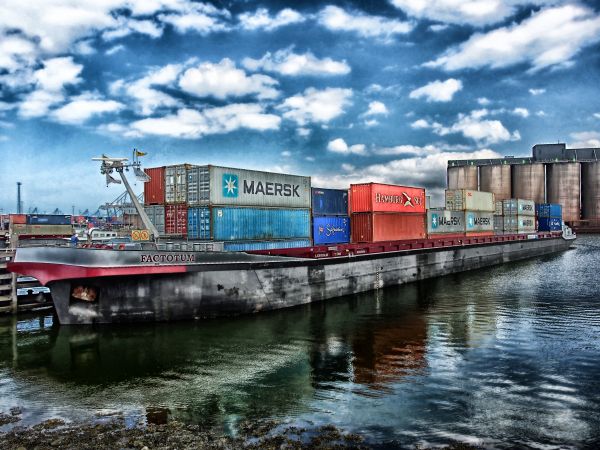Shipping Rodent Glue Traps from Guangzhou/Shenzhen to Sousse Port, Tunisia
1. Shipping Options
Full Container Load (FCL):
Shipping a full container (either 20ft or 40ft) from Guangzhou or Shenzhen to Sousse Port is an ideal option for large orders of rodent glue traps. FCL offers the benefit of exclusive use of the container, ensuring that the cargo is secure, reducing the risk of damage, and optimizing shipping costs per unit.
CIF (Cost, Insurance, and Freight): This option includes not only the cost of shipping but also insurance and freight charges up to the destination port (Sousse Port). This helps mitigate potential risks during transportation.Less than Container Load (LCL):
For smaller shipments that do not require a full container, LCL is an economical choice. In LCL, cargo is consolidated with other shipments, reducing the cost of shipping. While LCL shipments may take longer to process due to consolidation, they are cost-effective for smaller quantities of rodent glue traps.
Shipping Time: Whether using FCL or LCL, the estimated sea journey duration from Guangzhou/Shenzhen to Sousse Port is around 30 days. It’s important to factor in any potential delays due to customs clearance or port congestion.

2. Cargo Packaging
When shipping rodent glue traps, the packaging plays a crucial role in ensuring the safety and quality of the product during transit. Proper packaging minimizes the risk of damage, contamination, and ensures compliance with international shipping standards. Here’s how the cargo should typically be packaged:
Primary Packaging:
Each rodent glue trap is individually packaged in a protective, waterproof material such as plastic or shrink wrap to prevent moisture and damage. Depending on the size and nature of the traps, they are often grouped in packs or sets to streamline packaging and handling.Secondary Packaging:
The packs or sets of glue traps should then be placed in sturdy corrugated boxes. Each box should be labeled with clear, visible information, including the product description, quantity, weight, and destination details. To prevent the boxes from being damaged during the handling process, the boxes should be designed to withstand the rigors of transportation.Palletizing:
For both FCL and LCL shipping, the boxes containing the rodent glue traps should be stacked on wooden pallets. Palletizing not only makes loading and unloading easier but also helps prevent the boxes from being crushed or damaged during transportation. The pallets should be wrapped securely with stretch film to keep the boxes stable and protect them from moisture.Container Loading:
For FCL shipments, containers are loaded with pallets in a systematic manner to maximize space and ensure that the load is evenly distributed. In LCL shipments, the goods will be consolidated with other cargo in a shared container. It is essential that the rodent glue traps are properly sealed and packaged to prevent any contamination or spillage.
3. Customs and Clearance
When the cargo arrives at Sousse Port, it will go through customs clearance procedures. The importer must ensure that the necessary documentation is ready for clearance, including the commercial invoice, packing list, bill of lading, and any specific certificates or permits required for the importation of glue traps. The CIF service ensures that the freight and insurance up to the destination port are covered, but the importer is responsible for any duties and taxes upon arrival in Tunisia.



